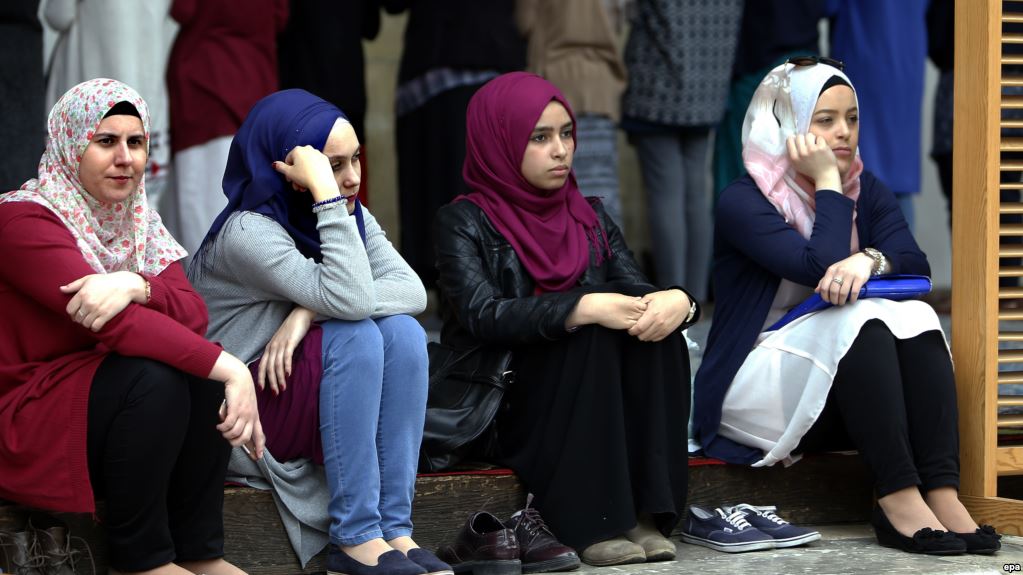Tajikistan's Parliament Passes Law Banning Islamic Hijab, Formalizing Years of Unofficial Restrictions on Religious Clothing
This move has significant implications for many Tajik women, for whom the hijab is not just a garment but a fundamental expression of faith

In a move that has drawn significant criticism, Tajikistan's parliament has passed a law banning the wearing, importing, selling, and advertising of Islamic clothing, including the hijab. This legislation, which formalizes years of unofficial restrictions, has profound implications for the country's predominantly Muslim population, estimated at 10 million.

For many Tajik women, the hijab is not merely a piece of clothing but a fundamental expression of their faith. Salomat, a medical school graduate, had to abandon her aspirations of working in a hospital due to the unofficial ban on hijabs.
"I had to choose between my career and my faith, and I chose the latter," Salomat said, without giving her full name.
Thousands of women across Tajikistan have been forced to make similar sacrifices, giving up professional opportunities to adhere to their religious beliefs.

Despite being a country where 99% of the population is Muslim, Tajikistan's Soviet past has left a legacy of atheism and secularism that continues to influence its policies. The new legislation is part of the government's broader efforts to distance itself from Islamic practices, which they view as a threat to secular values.
This law codifies practices enforced since 2007 when the Education Ministry banned Islamic clothing and Western-style miniskirts for students. The ban has since extended to all public institutions, requiring staff and visitors to remove their headscarves.
The new amendments impose fines ranging from $740 for individuals to $5,400 for businesses, with even higher penalties for government officials and religious authorities. These measures have been met with widespread criticism from the public.
Munira Shahidi, an expert on art and culture, expressed a common sentiment, "It’s important to have the freedom to choose our own clothes. There shouldn’t be a law ordering us what to wear."
The enforcement of the ban has been stringent. Local governments have established special task forces to raid markets and detain "offenders." However, authorities deny numerous claims from women who say they were stopped on the street and fined for wearing the hijab.

In 2017, the government intensified its campaign to promote traditional Tajik dress, sending millions of text messages urging women to wear national clothes. This culminated in the 2018 release of a 376-page guidebook detailing recommended outfits for different occasions.
In addition to targeting women's attire, the government has taken measures against other Islamic practices. In 2015, police reported closing about 160 shops selling hijabs and convincing 1,773 women to stop wearing them.

Authorities have also urged parents to give their children traditional Tajik names instead of Arabic or foreign-sounding names. Men have not been spared either, with reports of police forcibly shaving those with bushy beards.
These measures are part of a broader effort to combat what the government sees as radicalism. Despite the predominantly Muslim population, the government views unmonitored Islamization as a potential pathway to radicalization.
Estimates suggest that between 1,500 and 4,000 Central Asians joined militant groups in Syria as of June 2015. In response, Tajikistan has launched campaigns to discourage Islamic cultural practices and promote secular values. This includes banning the Islamic Renaissance Party, the country's only registered Islamic political party, in 2015.
